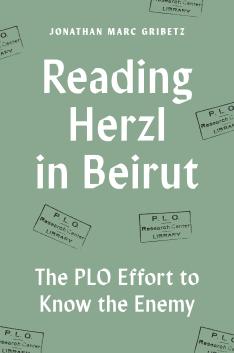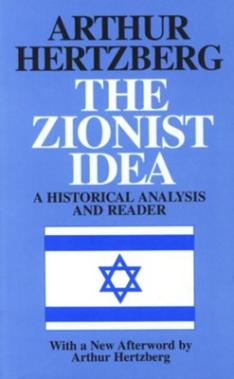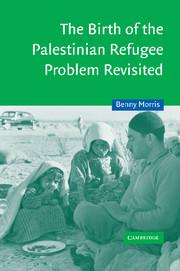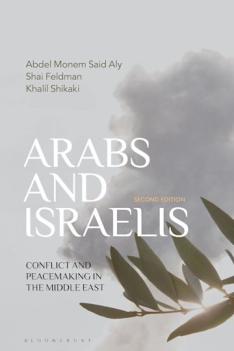
Jonathan Marc Gribetz is an associate professor in the Near Eastern Studies Department and the Program in Judaic Studies. He also directs the Near Eastern Studies Program and the Institute for the Transregional Study of the Contemporary Middle East, North Africa, and Central Asia. He is currently teaching a seminar on the intellectual history of Jewish nationalism and a lecture course on the Arab-Israeli conflict. His first book was Defining Neighbors: Religion, Race, and the Early Zionist-Arab Encounter. His latest book, Reading Herzl in Beirut: The PLO Effort to Know the Enemy, will be out this spring.
PAW asked Gribetz to recommend three books to help people understand the history of Zionism, Palestine, and Israel, and he suggested these.
The Zionist Idea: A Historical Analysis and Reader
By Arthur Hertzberg
Zionism was a form of Jewish nationalism that developed in the 19th century, arguing for the Jewish return to the Jewish nation’s ancient homeland, the Land of Israel — that is, Palestine. Zionism was a revolutionary ideology as it insisted that Jews needed to take their fate into their own hands, rather than waiting for God to initiate the process of redemption.
Zionism was never monolithic — there were religious Zionists and secular Zionists; conservative Zionists and socialist Zionists; Zionists who insisted on Jewish sovereignty in all of Palestine, others who were satisfied with Jewish sovereignty in just part of Palestine; others who believed sovereignty must be shared with the lands’ Arabs; and others who were not concerned with sovereignty at all and were focused instead on Jewish culture. To understand Zionism, go back to the primary sources in Arthur Hertzberg’s classic reader: The Zionist Idea.
The Birth of the Palestinian Refugee Problem Revisited
By Benny Morris
When the United Nations General Assembly voted in November 1947 to partition Palestine into a Jewish state, an Arab state, and a separate international regime for Jerusalem, a war immediately erupted in Palestine. By the end of the war in 1949, only a Jewish state (substantially larger than the one the U.N. had envisioned) had been established; the rest of Palestine was either occupied by Egypt (the Gaza Strip) or annexed by the Hashemite Kingdom of Jordan (the West Bank, including the Old City of Jerusalem).
During the war, approximately 80% of the Arabs who had been living in the territories that became Israel fled or were expelled from their homes. Many fled to the Jordanian-conquered West Bank, others across the river into pre-war Transjordan, or to Lebanon, Syria, Egypt, and beyond. About a quarter of the 700,000 Palestinian refugees ended up in the Egyptian-occupied Gaza Strip, which is currently ruled by Hamas. To understand how so many Palestinians became refugees during the war, read Benny Morris’s The Birth of the Palestinian Refugee Problem Revisited.
Arabs and Israelis: Conflict and Peacemaking in the Middle East, 2nd edition
By Abdel Monem Said Aly, Shai Feldman, and Khalil Shikaki
More than a decade ago, a group of Palestinian and Israeli educators attempted to write a single, joint narrative of the Palestinian-Israeli conflict but the task proved too difficult; instead they produced a book called Side by Side: Parallel Histories of Israel-Palestine in which separate, often conflicting Israeli and Palestinian narratives appear across from one another on each page of the book.
There is something both instructive and tragic about this failure, and I therefore assign Side by Side in my course on the Arab-Israeli conflict. But I also assign an excellent textbook, Arabs and Israelis: Conflict and Peacemaking in the Middle East, written by Egyptian scholar Abdel Monem Said Aly, Israeli scholar Shai Feldman, and Palestinian scholar Khalil Shikaki that offers a sophisticated analysis of the history (and the competing narratives) of the conflict and the attempts over the decades to resolve it.
NB: Gribetz also recommends Anita Shapira’s Israel: A History, Lihi Ben-Shitrit’s Women and the Holy City: The Struggle over Jerusalem’s Sacred Space, and Maha Nassar’s Brothers Apart: Palestinian Citizens of Israel and the Arab World.




